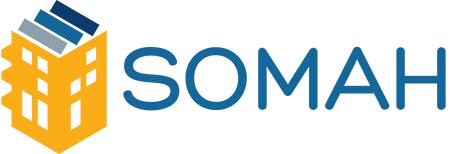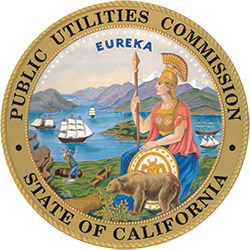
------------------------------------------------------------------------------------------------------------------
Across the nation, women remain underrepresented in the solar workforce — especially in frontline roles like installation, system design and project management. While women make up around 30% of the overall solar workforce, they hold only approximately 10% of the field positions.
------------------------------------------------------------------------------------------------------------------
These employment numbers reflect a broader trend in construction and clean energy: despite steady job growth, women continue to face barriers to entry, advancement and visibility on the jobsite. But there are signs of progress — especially in California. As the nation’s solar leader, California accounts for more than one-third of U.S. solar jobs.
Through targeted, equity-focused programs like SOMAH, the state is not only bringing clean energy to underserved communities — it’s also building a more inclusive workforce. Since its launch in 2019, SOMAH has supported over 1,300 paid job training opportunities, totaling more than 80,000 hours of work on multifamily solar installations.
Among those who have built their careers through SOMAH are women like Erica Cook and Marika Spratt, who are not only changing their own lives but helping reshape the solar industry for the better.
Erica Cook: From Trainee to Team Lead
In San Diego, Erica Cook began her journey into solar through a desire to gain construction skills — and found her way to a green jobs training program at I Am My Brother’s Keeper. From there, she connected with GRID Alternatives San Diego, where she learned basic solar installation skills. She then became a construction assistant at GRID through the AmeriCorps service program. At first, Erica worked on single-family solar installs. But SOMAH opened a new pathway — starting with an installation at Trolley Trestle, a transitional housing campus for homeless and former foster youth.
“The SOMAH Program was my first experience with big multifamily systems,” she said. “I learned how to install solar for multifamily and commercial buildings, which I was then able to translate as a commercial roof lead at another solar company.”
Erica’s trajectory didn’t stop there. In 2022, she returned to a SOMAH project in Chula Vista, this time as a roof team leader on the installation of a 264-kW system serving 168 households at Palomar Apartments.
------------------------------------------------------------------------------------------------------------------
“The best part about SOMAH is working with the trainees — showing them what I know and working in a positive environment.” – Erica Cook
------------------------------------------------------------------------------------------------------------------
Marika Spratt: A First on Tribal Land
For Marika Spratt, the opportunity to work on a SOMAH project held deep significance. She joined the solar installation at Coyote Mountain Apartments, the first SOMAH-funded project on tribal land, serving members of the Bishop Paiute Tribe.
She began her journey with training at the Owens Valley Career Development Center, a community-based Native American workforce organization.
“It was a great program,” Marika said. “Then I got the call from Highpoint Solar and received hands-on training, which helped me feel very comfortable and prepared during the installation.”
That installation marked more than a technical milestone. It was also a model for local, inclusive training and hiring. Highpoint Solar, a woman-owned company, partnered directly with tribal members to meet SOMAH’s workforce goals and build long-term opportunities.
“Many of those trainees have gone on to be Highpoint Solar employees,” said CFO Amy Smith, “and they’ve become very valuable team members within our company.”
Looking Ahead: Building Equity into Solar’s Growth
SOMAH’s job training efforts are part of a larger push to ensure the clean energy transition is equitable — and accessible to all. By providing real-world experience, paid training and local hiring partnerships, SOMAH is helping women break into roles long dominated by men and gain a foothold in a high-growth, future-focused industry.
But challenges remain. Increasing gender equity in solar’s frontline means addressing barriers like transportation, childcare, mentorship and visibility. It means celebrating success stories — like Erica’s and Marika’s — and supporting organizations that invest in women-led pathways to leadership in the field.
As California’s clean energy economy expands, programs like SOMAH will continue to play a vital role in making the solar workforce look more like the communities it serves.
Do you know someone ready to step into a clean energy career?
Learn more about solar job training and steps to apply at SOMAH’s Job Training Eligibility webpage.

